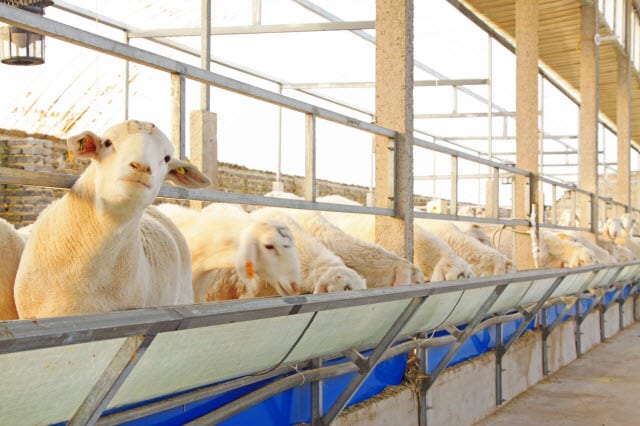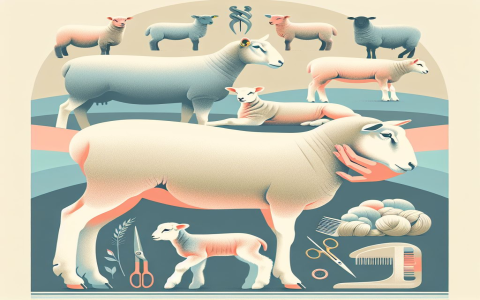You know, folks see lambs bouncing in the fields and think it’s all cute and fluffy. And yeah, a lot of it is. But let me tell you, there are days, and sometimes whole seasons, that just grind you down. I had one of those a few years back. It wasn’t even my first rodeo, I thought I was getting the hang of this whole sheep farming gig.
I’d just moved my new batch of lambs onto this really rich patch of clover. Thought I was doing them a massive favor, you know? Get them growing quick. And boy, they were. They were looking fantastic, real chunky. I was feeling pretty smug, patting myself on the back.

Then things went south, fast.
I went out one morning, sun shining, birds singing, the whole idyllic scene. And there was one of my best lambs, just… dead. Stone cold. No sign of a struggle, nothing. I was stunned. While I was still trying to figure that out, I noticed another one, a big, strong looking fella, acting all dopey. He looked bloated, and then he started kicking at his belly, real frantic. It was awful to watch.
Panic mode. Pure panic. I called up old Mr. Henderson, he’s farmed sheep in these parts for donkey’s years. He came over, took one look at the sick lamb, another at the dead one. He poked around the pasture a bit, squinting at that lush clover. Then he just sighed and said, “Looks like you’ve hit the overeating bug, son. Pulpy kidney, that’s what it is.”
Pulpy kidney? Overeating? I felt like a total fool. Here I was, thinking I was giving them the best, and I was actually making them sick. Mr. Henderson, he was good about it, didn’t make me feel worse than I already did. He explained it plain and simple. There’s this bug, a type of Clostridium bacteria, that lives in their gut. Normally, it’s no big deal. But when lambs suddenly get a whole load of rich food, especially carbs, that bacteria goes into overdrive and pumps out toxins. And it usually gets the biggest, fastest-growing lambs – the ones that are greediest for that rich feed. The ones you’re often most proud of. That part really twisted the knife.
That season was rough. I lost two more before I really understood what I was dealing with and got things under control. I spent weeks reading everything I could get my hands on, talking to the vet, pestering Mr. Henderson with questions. It wasn’t just some theoretical disease in a book anymore; this thing had a personal vendetta against my flock, or so it felt. Those lambs I lost, I still remember them. That’s what hammered the lesson home for me.
So, what did I learn from that disaster?
Well, mostly that prevention is a whole lot better than trying to fix things after they go wrong. Here’s what I do now, religiously:
- Vaccination is key. I can’t stress this enough. I vaccinate my ewes a few weeks before they lamb. This gives the lambs some protection through the colostrum. Then, the lambs get their own shots. Usually a couple of doses, a few weeks apart. Don’t skimp on this.
- Go slow with feed changes. This was my big mistake. You can’t just chuck them onto super-rich pasture or suddenly load them up with creep feed. Any changes, especially to richer feed, have to be gradual. Let their guts adjust. I introduce new feeds slowly, over a week or more.
- Watch the creep feed. Lambs love creep feed, and it helps them grow, but too much too soon of the high-grain stuff can trigger it. Make sure it’s balanced and, again, introduce it carefully.
- Keep an eye on them. Especially the biggest, best-looking ones. If you see a lamb looking off, isolating itself, acting colicky, or bloated, act fast. Sometimes, if you catch it super early, you might be able to help, but often it’s too late.
- Good quality hay. Always make sure they have access to some decent fiber, like good hay. It helps keep their rumen working properly and can dilute the richness of other feeds.
It sounds like a lot, maybe, but once you get into the routine, it’s just part of raising healthy lambs. That whole experience, as awful as it was, taught me a hard lesson. Farming always has a way of keeping you humble, and that year, overeating disease really brought me down to earth with a bump. Now, I’m way more careful, and thankfully, things have been a lot smoother since.




















